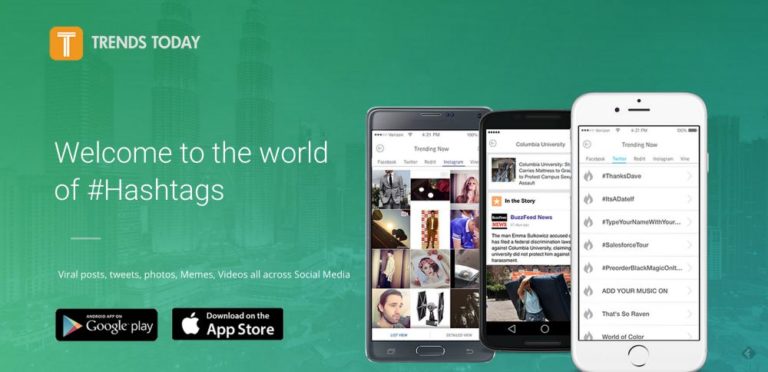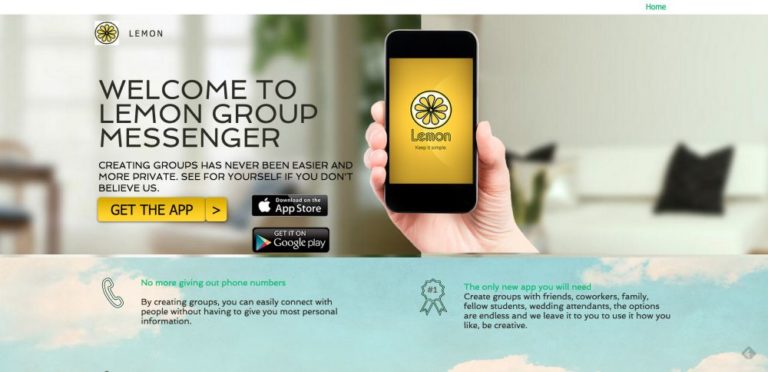Startup Name TrendsToday App What problem are you solving? World needs smart news, no noise, let people...
Mike88
Mike Nicholls Australian Inventor + Entrepreneur working with a small team of engineers building prototypes from Inventions including two medical devices. Publishes Startup88.com and has assessed/reviewed +500 inventions and +200 startups in the last 3 years. Mentors Sydney Startups via Incubate and other incubators and helps members of the Australian Startup Community via the Startup88.com website with free publicity and advertising. Experience in numerous industries including Digital Publishing, Cloud Computing, Apps, Hardware, Aviation, Real Estate & Finance and Health/Medical Devices.
Ed: Sorry guys I don’t think the world needs another Instant Messenger, I only bring this up...
I can’t tell you how many entrepreneurs I meet who tell me all about their new fan-dangled...
The Lonely Guy Every few weeks I seem to be having conversations with founders about the markets...
Ed: Wish MathsRepublic was around when my son did the HSC Startup Name MathsRepublic What problem are...
Ed: Not sure Im convinced about this one, seems to be competing with Tinder and Facebook without...
Startup Name Zingtree What problem are you solving? People powered support is expensive. Zingtree saves time and...
Event Name Big Pitch Arvo Event Details Last Friday of the Month (generally) at iCentralCo by The...







